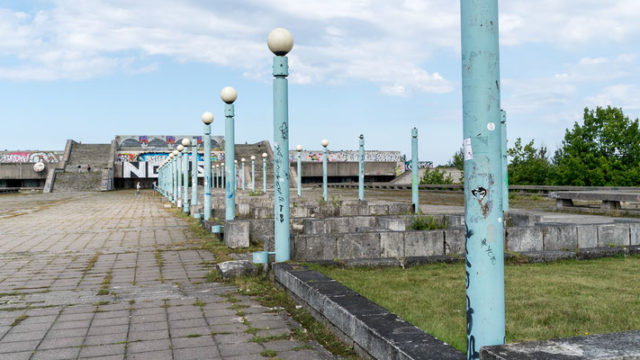A huge complex called Linnahall is located in Tallinn, Estonia. Initially, it was known as the VI Lenin Palace of Culture and Sport.
This building was built in 1980 by order of the Soviet Union with the intention that this building would host part of the 1980 Summer Olympics.
The majority of the Olympic Games took place in Moscow, but Moscow had no harbor and so was unsuitable for holding sailing competitions.
Consequently, the capital of the then Estonian SSR was suggested as being ideally suited for such purposes.
The task before the architects Rhine Karp and Riina Altmäe was quite difficult. The future sports center had to be suitable for use not only in peacetime but also in war.
The location chosen was near the harbor and the flat roofs of the building offered an ideal place for tanks and cannons to be posted in case of an invasion by sea.
In addition, any new building constructed could not block the view of the Baltic Sea from the city, so the Linnahall had to designed to be quite low.
The concrete and rectangular style of the Linnahall complex is very similar to typical Soviet structures of that time. Construction was carried out in a hurry, which resulted in the sad fact that the building ultimately did not last very long, with the outer rock eventually crumbling away.
The complex consisted of a concert hall with 4,200 seats, an ice hall, a helipad, and a small seaport, which was previously used for travel to Helsinki, Finland.
In 2009, the last concert was held in the ice hall, after which it was permanently closed. A year later, the concert hall was also closed.
Local authorities didn’t want to let this place remain abandoned, so they began to look for any investors who might be interested in restoring Linnahall. However, these attempts proved unsuccessful.
Since there were no voluntary investors, the Tallinn City Council decided to take over responsibility for the site itself and began renovations in 2015.
It was anticipated that the work would be completed by 2017, but to date, the work seems to remain uncompleted.
Instead, this place has become very popular among graffiti artists and tourists, although some residents consider it an eyesore.
Even after Linnahall was closed, the arena was still used on some occasions for large city events. In addition, locals and visitors alike regularly accessed the roof via a set of external stairs to take in the stunning views of the sea and skyline.
In 2019, the city of Tallinn announced a new plan to transform the abandoned structure into a conference center, which will consist of an opera and concert hall. After this announcement was made, public access to the site was restricted by fences.
Big thank you to Jens Assmann and his blog for providing such beautiful photos of the abandoned Linnahall in Tallinn, Estonia.
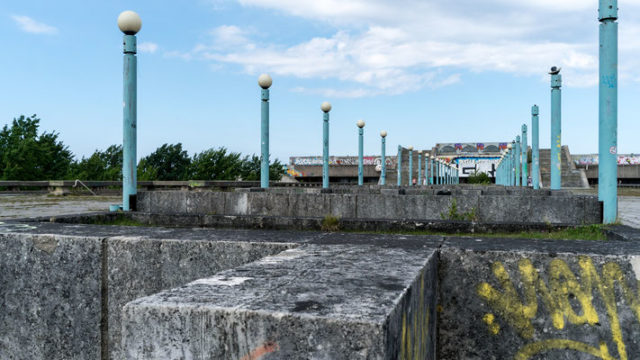
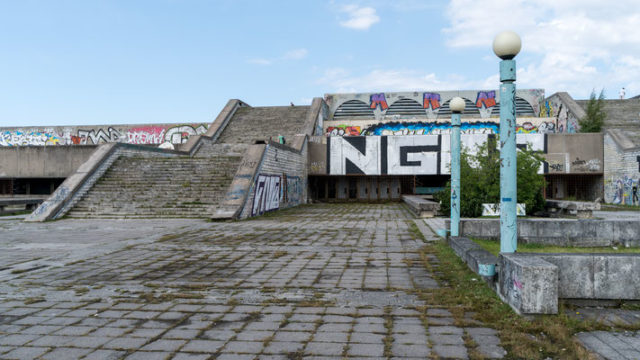
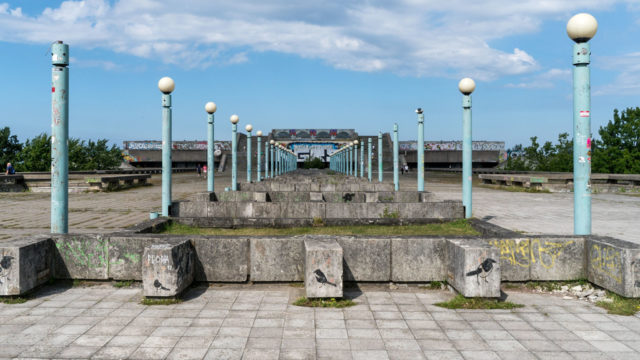
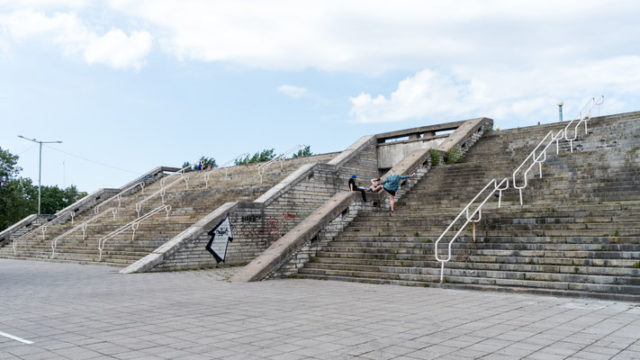
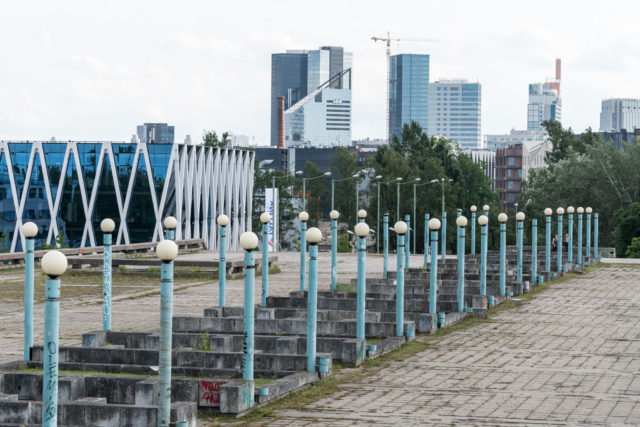
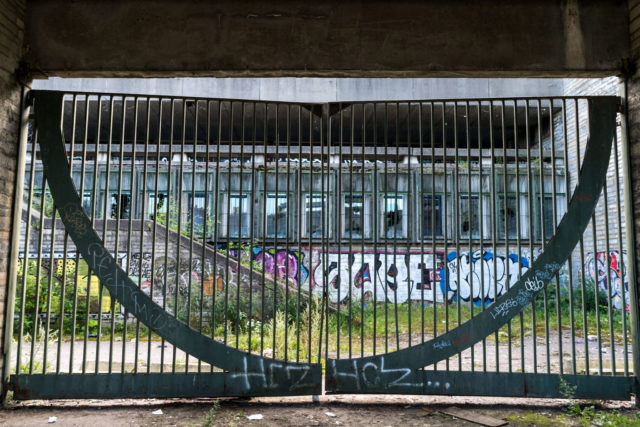
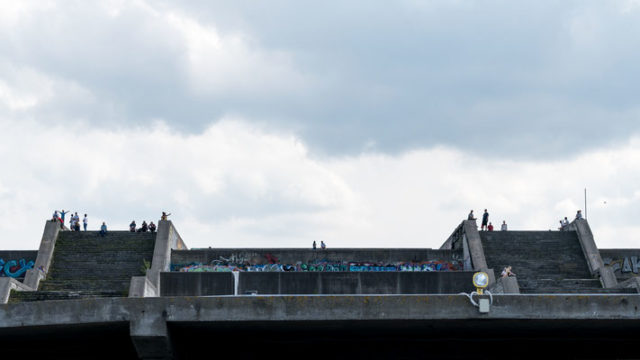





SAVE US! The abandoned tanks of Zheltukhin Island

